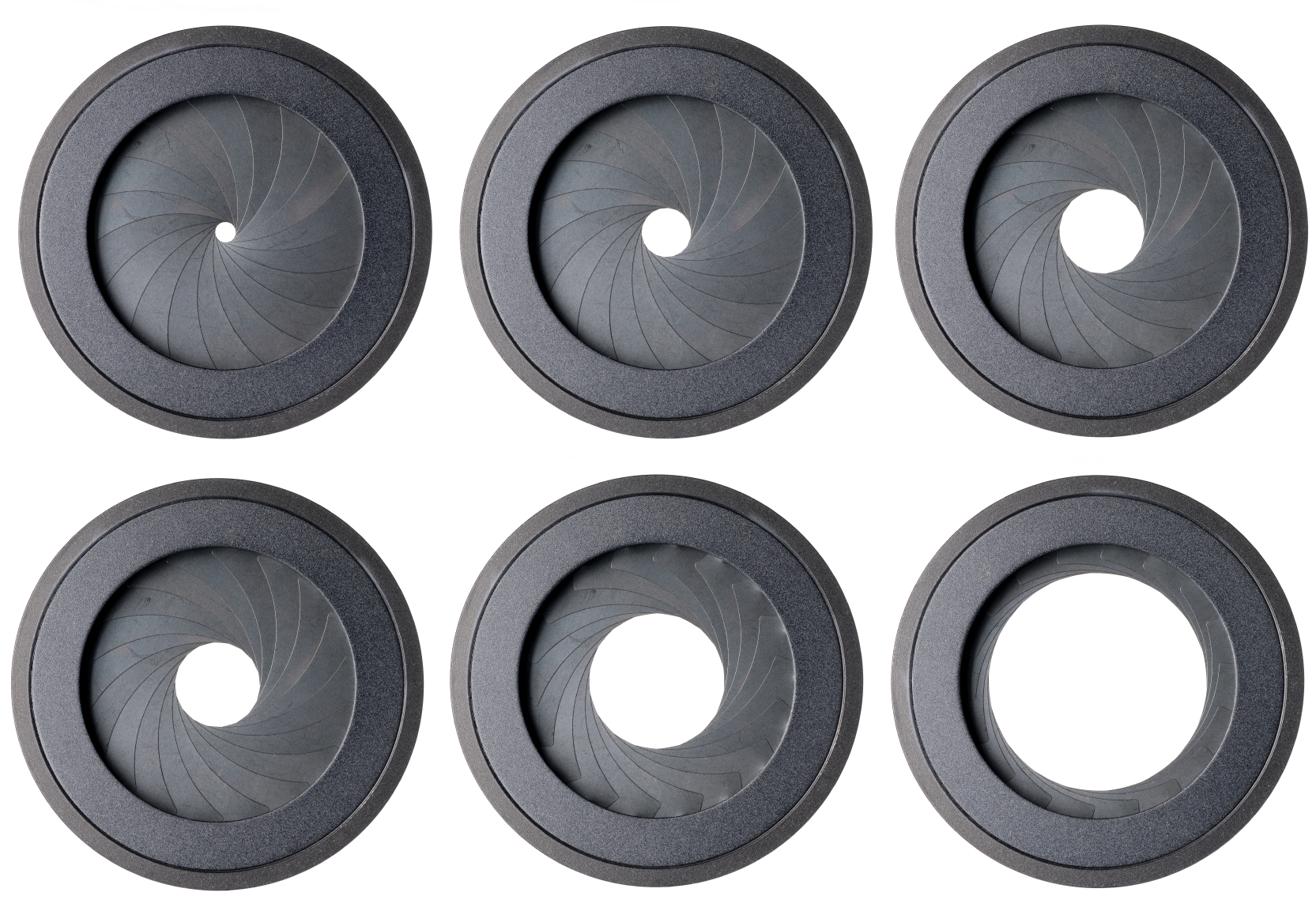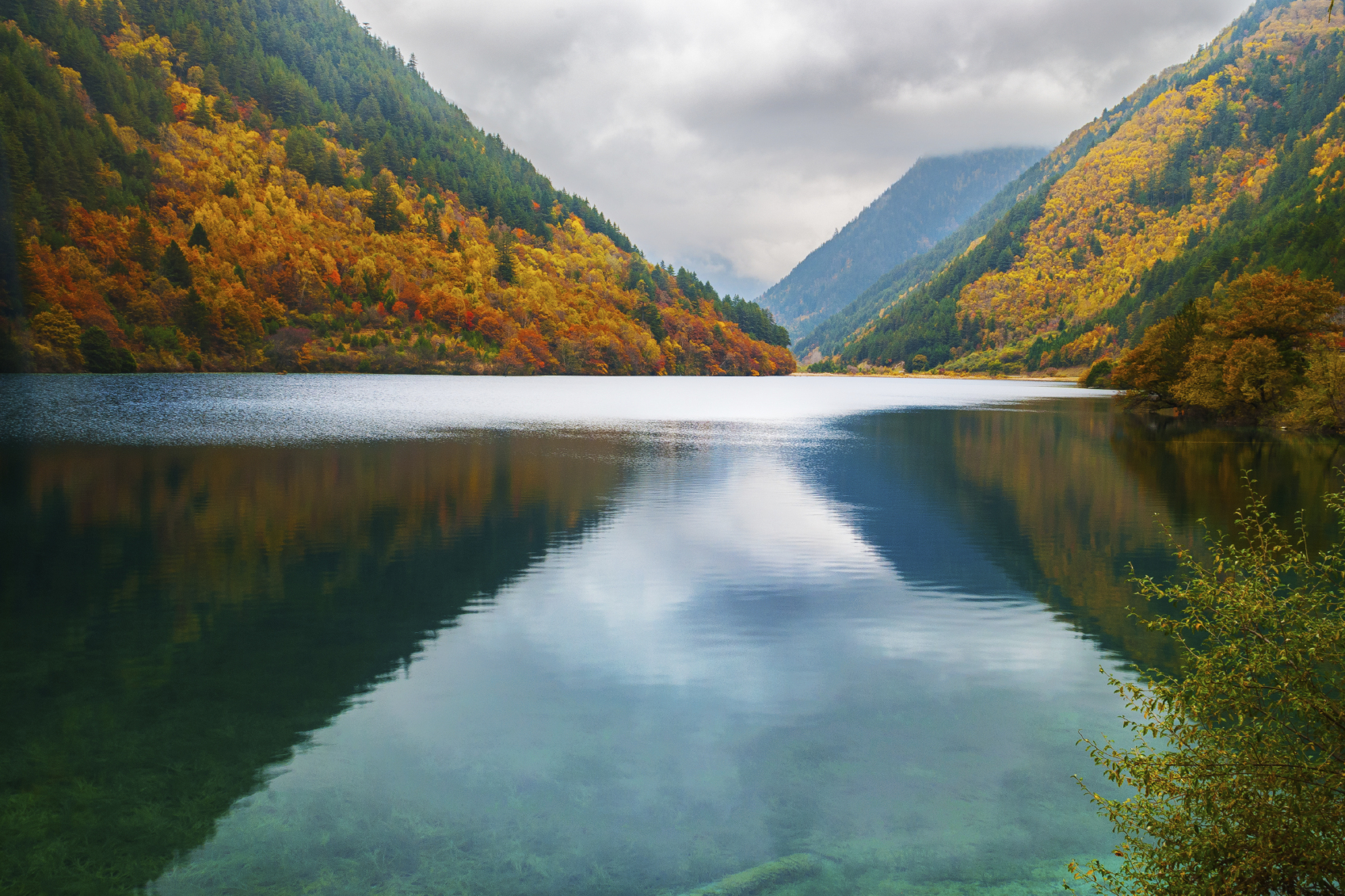Lighting can make or break a photograph. If you have experienced images that look very dark, too light, or totally washed out, when shooting in manual, there is something you can do to improve the exposure of your photographs. If you don’t normally shoot in aperture priority mode, you will appreciate the following tips to improve your exposure.
How Aperture Priority Works
In the aperture priority mode, the exposure gives priority to the aperture setting, and the shutter speed will automatically adjust. Apertures are described with f-numbers, called f-stops, and they tell you how open or closed the aperture is. A large f-stop indicates a smaller aperture and vice-versa. If you set your aperture at f/8, the shutter speed will adjust automatically. If after a few pictures you need to open the aperture wider for a shallow depth of field (the area of the image that remains in focus) you might select f/4, which allows in a greater amount of light. Once again the shutter speed will automatically adjust.
Landscapes
When you are shooting landscapes, you generally have a foreground and background. Usually you will want the entire image in focus. In order to accomplish this, a small aperture is necessary, and you may select an aperture of f/8 or higher. This will help keep the entire image in focus and having a tripod with you can be handy, as you will require a slower shutter speed at these apertures.
Portraits
When you are shooting portraits, you may choose natural, ambient, or flash, when lighting your subject. You can try various aperture settings, but an aperture of around f/2.8 is perfect for nice sharp portraits, which creates a shallow depth of field.
Shallow Depth Of Field
A wide aperture setting allows in a lot of light, making it easier to achieve higher shutter speeds, but also gives you a shallow depth of field and creates a soft blur behind your subject. Play with your aperture settings to see which one gives you the type and amount of bokeh you are looking for.
Try applying these quick and easy tips to your next shoot and see what look you prefer out of your camera and lens!






